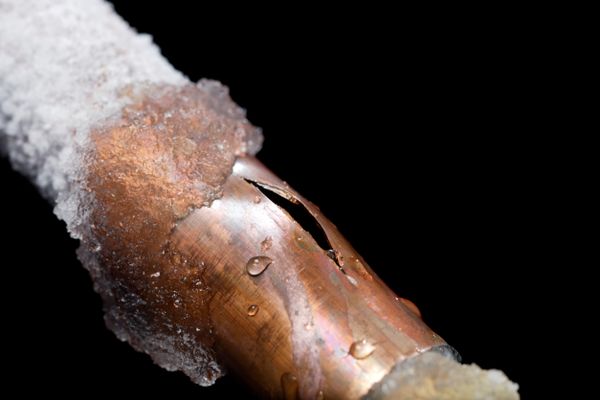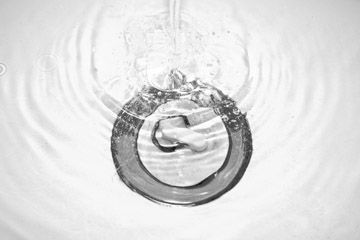If the pipes in your home burst or if they need to be replaced, the work is probably best carried out by a professional. The effort involved in safely detaching old pipes and putting in new ones is not something the average home handyman can undertake. However, there are pipe repairs that the DIY plumber can successfully complete.
Small leaks can be fixed with pipe patches. There are a variety of patch kits available at DIY or hardware stores and you can even make your own using a c-clamp and a piece of rubber (from an old inner tube). Epoxy paste or a special stick of compound, which you can rub over small holes in the pipe, can also mend the problem, as can waterproof tape. You should bear in mind, however that a leak in a pipe may be a sign that the whole pipe is corroded or wearing thin, in which case it's preferable to replace it.
Advertisement
Sometimes, water around your pipes isn't from a leak. If the temperature of the water is significantly lower than that of the air around the pipes, condensation may case the pipes to "sweat," leaving wet areas. This problem can usually be easily repaired by insulating the pipes or by applying "drip" tape around them.
In particularly cold weather, the water in your pipes can sometimes freeze. Since water expands when it freezes, this can put pressure on the pipes and in some cases even burst them. If your pipes have frozen, you can thaw them yourself using heavy toweling and hot water (a trusty but messy option); a blow torch (effective, but more dangerous); or a hairdryer or heat lamp (safe and mess-free, but slower). Whichever option you choose, be sure to open the faucet first, to allow steam and melted water out.
You can silence noisy pipes by fixing them more securely in place, or wrapping them to stop them banging when they move. "Knocking" in your hot water pipes can often be remedied simply by turning down the thermostat.
Advertisement

